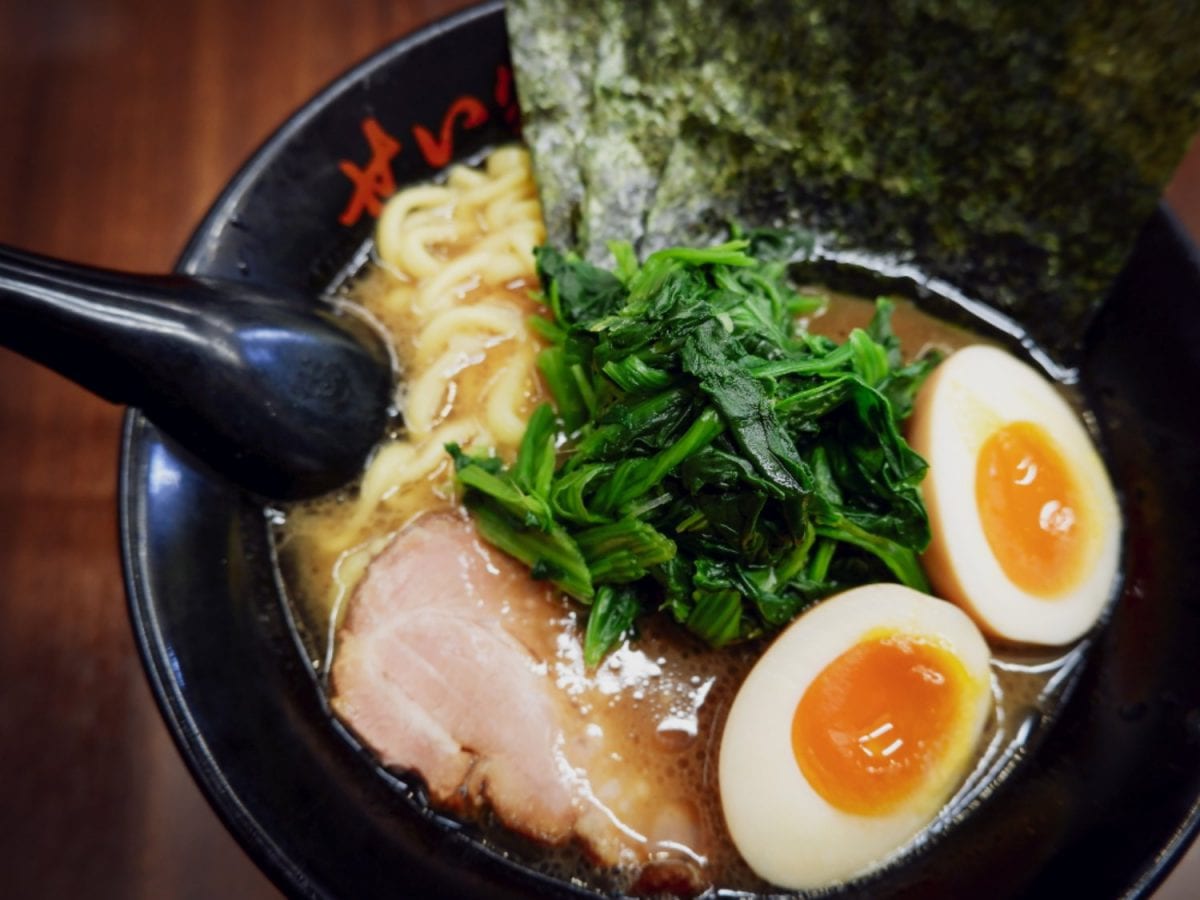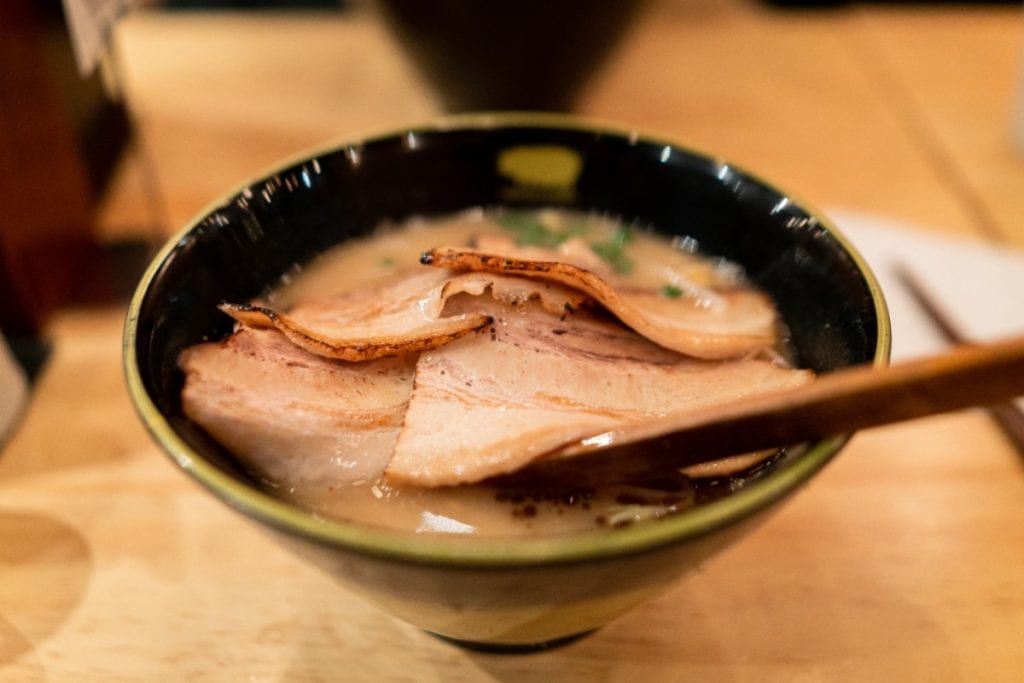96 3 1 6 1 4. 84 1 2 1 2zm-2 0s1. Asian cuisine has truly taken the world by storm, and the worldwide popularity of ramen is a testament kaiware that.

If you’re wondering what kind of food ramen is exactly, it’s a Japanese noodle soup traditionally made with broth, meat, and vegetables. This noodle soup is also well-known for its colorful ramen toppings. No matter what kind you have at home, you can instantly spruce up your ramen with toppings of an extra ingredient or two. If you’re wondering what to put in this dish, then you’re in luck because we’ve put together an extensive list of the best ramen toppings and condiments! You can use these to garnish your instant noodles and your homemade pork or beef ramen recipe.
Traditional Ramen Toppings This category includes common ramen toppings that you might have encountered in a traditional serving of this dish. Chashu is one of the most popular tonkotsu ramen toppings in the world. Essentially, it’s a thinly cut piece of fatty pork that has been slowly simmered or braised. You may also find other varieties of this ramen meat, such as chashu beef, chicken, or duck.

Dried seaweed is the rectangular leaf-like topping that you’ll usually see in pictures of ramen noodles. Nori, or dried red algae, is the most popular type to use. It’s sold as a flattened sheet, and it imparts a unique seafood-y taste. Ajitama, a type of flavored egg with a runny yolk, is a staple in most authentic ramen recipes. Unlike a regular soft-boiled egg, it has a more savory flavor and a brownish exterior. Nitamago, which is on the hard-boiled side, is also good. Hard and soft-boiled eggs are accessible protein sources for your dish.
So, the next time you look for things to put into ramen, you won’t have to go any further than your fridge. The best tonkotsu recipe would most likely call for this ingredient as a garnish. This vegetable adds an aromatic quality, as well as a necessary kick of heat that isn’t overwhelming to Japanese ramen dishes. Shiraga negi or siraganegi basically refers to a specific cut of green onion. Either an aonegi or shiraga negi ramen topping would be best for different ramen noodle soup flavors. For instance, this julienned scallion is one of the standard miso ramen toppings that you wouldn’t want to miss out on. A bowl of traditional Japanese ramen noodles can do without this ingredient, but a tasteful kamaboko ramen add-on is always a welcome addition.
